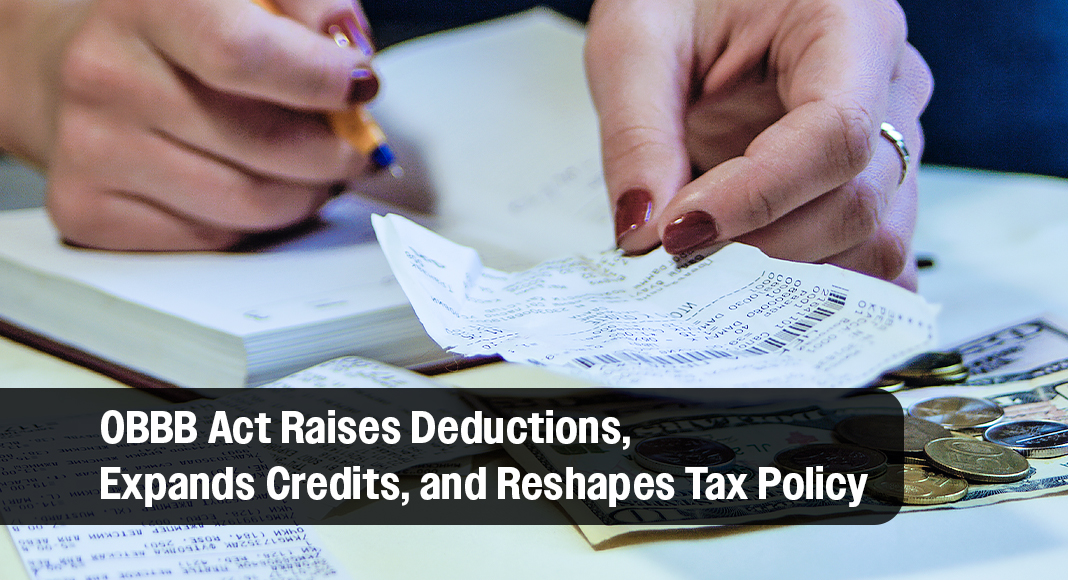
Mega Doctor News
Texas Border Business
The “One, Big, Beautiful Bill Act” (OBBB), signed into law on July 4, 2025, introduces sweeping adjustments to the tax code affecting individuals, families, and businesses. A McAllen accounting firm issued a detailed client letter outlining the most significant provisions.
On personal taxes, the law makes significant changes to deductions. According to the letter, the OBBB “increases from $10,000 to $40,000 the maximum 1040 itemized deduction for the total of non-business state & local property tax, plus sales tax (or state income tax, if higher).” The expanded deduction applies for 2025 through 2029 but phases out for higher-income taxpayers and returns to the $10,000 cap in 2030.
The legislation also introduces new rules for charitable contributions. For non-itemizers, “effective for years after 2025, in addition to the standard deduction, non-itemizers can deduct up to $1,000 (single) or $2,000 (filing jointly) for contributions to qualified organizations.” For itemizers, however, only donations exceeding 5 percent of adjusted gross income will count toward the deduction.
Educators will see expanded benefits. The letter explained that “the deduction for educators’ unreimbursed expenses is no longer capped and the definition of qualified expenses is expanded” to include supplies, software, coaching gear, and professional development. Seniors also receive new relief in the form of an “additional $6,000 standard deduction ($12,000 on a joint return if both are age 65 or older),” applicable for 2025 through 2028, though phased out for higher incomes.
The Act raises the Child Tax Credit from $2,000 to $2,200 per child for 2025–2028, with up to $1,400 refundable in 2025. Workers who earn tips and overtime also benefit: “The Act provides up to $25,000 (per taxpayer) of qualified tip income” and “up to $12,500 ($25,000 if joint return)…for qualified overtime compensation” as above-the-line deductions through 2028.
Other provisions affect savings and education. Distributions from 529 plans increase from $10,000 to $20,000 annually and now cover private and religious school tuition, tutoring, trade schools, and certificate programs. A new “Trump Account” savings vehicle is created for children born 2025–2028, seeded by the federal government, with contributions capped at $5,000 per year. Withdrawals are restricted until age 18 and must be for qualified purposes such as education or homeownership.
Estate and gift tax thresholds rise in 2026 to $15 million per person ($30 million for couples). The letter confirmed, “the tax rate for taxable estates will remain at 40%,” and “portability” for surviving spouses is retained.
Businesses benefit from expanded expensing. Section 179 limits increase to $2.5 million, and bonus depreciation allows “100% of new or used equipment and certain qualified real estate” to be written off in the year placed in service after January 19, 2025. The Qualified Business Income deduction remains in place, with expanded eligibility for professionals and a new $400 minimum for small businesses.
Reporting thresholds also change. Beginning in 2026, most 1099 forms will only be required for payments over $2,000. For payment platforms, the 1099-K threshold rises to $20,000 and 200 transactions, retroactive to 2024.
The Act also winds down several energy incentives, with credits for clean vehicles ending after September 30, 2025, and residential clean energy credits expiring at the end of 2025.
See related stories:










